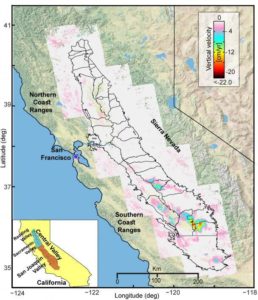From the Ridgecrest Independent:
The Indian Wells Valley Groundwater Authority board voted 3-1 to formally adopt an ordinance imposing a monthly volumetric groundwater extraction fee on major pumpers at its Thursday meeting.
Ridgecrest Mayor Peggy Breeden voted no, as directed by the city council on Wednesday. Inyo County’s representative was not present. San Bernardino County representative Bob Page voted by telephone conference.
The fee will impose a fee of $30 per acre-foot pumped on major pumpers in the valley, including the IWV Water District, Searles Valley Minerals, and agricultural interests. The fee aims to fill a $930,000 budget gap in the development of a groundwater sustainability plan required by the Department of Water Resources by Jan. 31, 2020.
Click here to continue reading at the Ridgecrest Independent.

